Wolfsonian Museum. From Jul 10th through Oct 11th, 2009.
 The Wolfsonian-Florida International University presents Beauty on the Beach: A Centennial Celebration of Swimwear, a retrospective look at swimwear design and Sun Stroke Stimulus, an installation which focuses on contemporary bathing culture.
The Wolfsonian-Florida International University presents Beauty on the Beach: A Centennial Celebration of Swimwear, a retrospective look at swimwear design and Sun Stroke Stimulus, an installation which focuses on contemporary bathing culture.
The exhibition and accompanying installation, curated by Marianne Lamonaca, The Wolfsonian’s associate director for curatorial affairs and education, are part of The Wolfsonian’s “Celebrating America” series of exhibitions that explore various aspects of the American experience-social, political, and cultural – from the early 1900s to the present, through a range of viewpoints.
Beauty on the Beach, which presents swimsuits from the early twentieth century to today, engages the viewer to explore how swimwear design and marketing shape and reflect popular ideas about fitness, beauty, and glamour. The exhibition also features original illustration art, advertising, postcards, and promotional materials from The Wolfsonian-FIU collection and other private collections, including rare items from the Jantzen archive in Portland, Oregon.
Among the themes addressed in the exhibition are the swimwear industry’s use of new materials, such as the U.S. Rubber Company’s Lastex yarns, the changing strategies used by advertisers to sell swimwear, from clever advertising slogans and the promotion of beach resorts including Miami Beach and Atlantic City with images of glamorous, swimsuit-clad women to celebrity endorsements. Swimsuits worn by celebrities such as the Olympic swimmer and film star Johnny Weissmuller, Marilyn Monroe, Janet Leigh, and Princess Diana will also be on display.
“During the early years of the twentieth century,” Marianne Lamonaca explains, “the number of people living in cities increased, personal wealth rose, the marketplace expanded and travel and tourism flourished. In response to these changes in culture and society, swimwear designers created new styles and advertisers developed new marketing strategies that reflected attitudes about the health benefits of bathing (for both hygiene and fitness) and the exposure of the body, especially the female body, as well as advances in manufacturing techniques and materials.”
The show explores the beneficial effects of water, known since ancient times, for both health and hygiene. In America in the 1880s and 1890s visits to spas and beaches increased, but the “water experience” was primarily limited to soaking or bathing, rather than swimming. Photographs of bathing beauties from the 1890s depict women in dresses cut below the hip and worn with matching bloomers, stockings, shoes, and caps; their bodies hidden beneath layers of fabric. Swimming as a popular sport began to take hold just before the First World War. But it was the “new woman” of the 1920s, liberated from nineteenth-century Victorian dress and armed with her new found right to vote that flexed her muscles and exposed her body in new ways. The flat, ribbed knit bathing suits developed by Jantzen Knitting Mills in the early 1920s exploited new machine knitting techniques that provided both flexibility and durability, and revealed the arms and contours of the body. Beach towns like Atlantic City capitalized on the newly exposed female figure by using images of bathing beauties to promote visitation. Atlantic City famously hosted the Miss America pageant in which contestants in swimwear posed for judges and onlookers.
The exhibition also traces the history of swimwear design from the early twentieth century to the present with an emphasis on the interrelationship between changing cultural and social mores about the body, health, and beauty, and changing strategies for advertising. One stellar example is Jantzen’s International Set, a fashion line inspired by vernacular designs from across the globe produced between 1956 and 1959. The development of the International Set corresponds to the new-found accessibility to exotic places made possible through commercial jet travel. A number of these elegant swimsuits will be on view along with their supporting promotional materials to address issues of design inspiration and marketing. The Colombia-inspired Cartagena suit is embellished with fine Spanish lace. The Varadero sheath, named for Cuba’s famed beach, is made from Helanca (a highly elastic yarn) that clings tightly to the body revealing the model’s voluptuous contours. The powerful black and white promotional photographs for the International Set also reveal how carefully crafted images were used to promote commercial sales.
The Wolfsonian commissioned New York-based photographer Miles Ladin to create a contemporary portrait of Miami Beach bathing culture to complement the historical images on view in Beauty on the Beach. In the installation, wryly titled Sun Stroke Stimulus, Ladin sees in this series of photographs “both the raw beauty found in bathing culture as well as the aspirational desires presented in the display of flesh. Sun, surf, fabric stretched against a buttocks, cleavage, and biceps are all tactile elements that give our eyes pleasure. The acquisition of the tan, the physique, the lifestyle, is all meant to entice the viewer to desire what they see.”
A selection of Ladin’s provocative images will be on view in the museum’s entrance lobby, free to the public. His fashion photography has been featured in The New York Times Style Section, W magazine, and Harper’s Bazaar. Ladin views his own work as being about human consciousness. “My images,” Ladin reveals, “are also a subjective document of the human condition as it is reflected through contemporary times. I’m interested in man’s foibles and vulnerabilities. I also think that our existence is fraught with humor as well as challenges. Making pictures with intelligence and formal complexity, my desire is to open the viewer’s eyes to society’s excesses as well as the possibility for redemption in unvarnished beauty.”
Ladin has created two limited-edition artist’s books – Lunch Poems and That Various Field: A Salute to James Schulyer. Noted for his critical view of everyday life, Ladin’s work is included in the collections of The Victoria & Albert Museum, London; the Special Collection Library of the Museum of Modern Art, New York; and the Special Collection Library at The Whitney Museum of American Art, New York.
Wolfsonian Museum-FIU
1001 Washington Avenue
Miami Beach, FL 33139
305.531.1001
www.wolfsonian.org

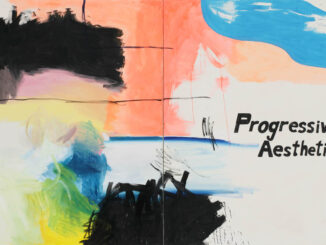
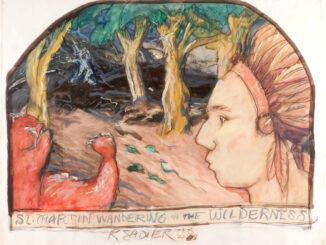
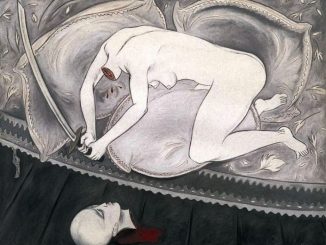

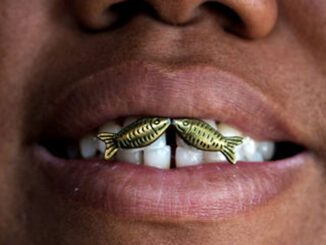
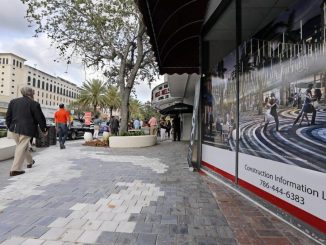
Be the first to comment